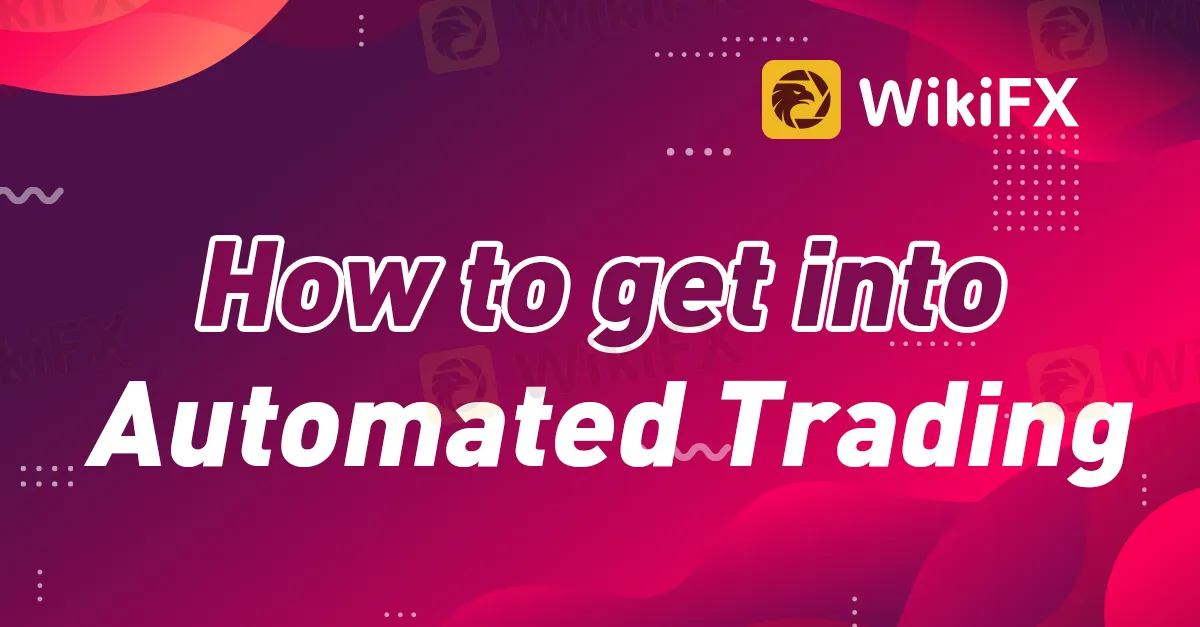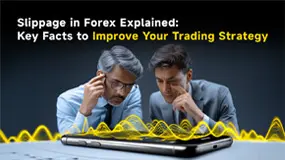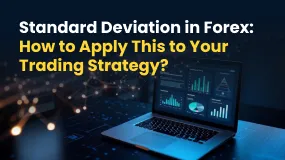简体中文
繁體中文
English
Pусский
日本語
ภาษาไทย
Tiếng Việt
Bahasa Indonesia
Español
हिन्दी
Filippiiniläinen
Français
Deutsch
Português
Türkçe
한국어
العربية
How to get into Automated Trading
Abstract: In this article, we will explore the best ways to get into automated trading and the steps you need to take to get started.

Automated trading has become increasingly popular over the years, allowing traders to take advantage of algorithmic models and technical indicators to buy and sell securities on the financial markets. And with the rise of internet technologies that can do the programming for you, you do not need a degree in IT to whip up a good trading program. In this article, we will explore the best ways to get into automated trading and the steps you need to take to get started.
1. Develop a trading strategy
Before you can start executing trades using an automated system, you need to have a strategy in place. A trading strategy outlines your entry and exit rules and helps you decide when to buy and sell securities. To develop a strategy, you need to have a good understanding of your risk tolerance, the market conditions, and the securities that you want to trade. You also need to familiarize yourself with on simple coding mechanics. Or Google free trading bots that you can edit for your own use
2. Choose a trading platform
Once you have developed your trading strategy, its time to choose a trading platform that will allow you to automate your trades. To do this I recommend you use WikiFx. This platform will allow you to compare broker to find the regulated brokers with the best conditions.
3. Select a data provider
To automate your trades, you will need access to real-time market data. Most trading platforms offer this service, but you may also want to consider subscribing to third-party data providers for additional data sources and analysis. I also recommend WikiFx in this case because they offer a VPS with excellent trade executions so you will be able to let your bot trade 24/7.
4. Backtest your strategy
Before you start trading with real money, its important to backtest your strategy using historical market data. This process allows you to see how your strategy performs under different market conditions and identify any weaknesses that you can improve upon.
5. Optimize and refine your strategy
Once you have backtested your strategy, you may need to optimize and refine it to improve performance. This can involve adjusting your entry and exit rules, using different technical indicators, or tweaking your risk management rules.
6. Monitor your strategy
Automated trading systems require constant monitoring to ensure that they are performing as expected. You will need to keep an eye on your systems performance, adjust settings as necessary, and stay up-to-date with any changes to the market or your data sources.
7. Start small and grow your account
Once you are ready to start trading with real money, its important to start small and scale up gradually. This allows you to test your strategy and reduce the risk of large losses. As you gain experience and confidence in your system, you can gradually increase the size of your trades and grow your trading account.
In conclusion, automated trading can be a powerful tool for traders who want to take advantage of algorithmic models and technical analysis. By following these steps, you can develop and test a trading strategy, choose a trading platform and data provider, and start trading with confidence. Remember to monitor your systems performance and adjust your strategy as necessary to ensure long-term success.

Disclaimer:
The views in this article only represent the author's personal views, and do not constitute investment advice on this platform. This platform does not guarantee the accuracy, completeness and timeliness of the information in the article, and will not be liable for any loss caused by the use of or reliance on the information in the article.
Read more

A Guide to Determining the Optimum Forex Leverage
Want to gain a wider forex market position control by investing a minimal amount? Consider using leverage in forex. It implies using borrowed funds to raise your trading position more than your cash balance can let you do it. Forex traders usually employ leverage to churn out profits from relatively small currency pair price changes. However, there is a double-edged sword with leverage since it can multiply profits as well as losses. Therefore, using leverage in the right amount is key for traders. Forex market leverage can be 50:1 to 100:1 or more, which remains significantly greater than the 2: leverage usually offered in equities and 15:1 leverage in futures.

Slippage in Forex Explained: Key Facts to Improve Your Trading Strategy
Have you witnessed a difference between the expected price of a trade and the price at which it is executed in real time? This might be due to slippage, which can happen at any time. However, it prevails mostly when the market remains highly volatile. At the same time, it can also happen during large order executions. Read on to know more about slippage, its impacts, and the strategies to rein in adverse effects.

Forex Trading Account Types and Their Features: Read This Insightful Guide
Want to open a forex account to enjoy the thrill of compounding returns? You should first know the various forex trading account types. Choosing the right option from the list of forex accounts is critical to experiencing a hassle-free and successful trading journey. Forex brokers design trading accounts based on your needs, trading experience, and financial goals. Therefore, understanding each forex trading account type and its key features becomes essential.. This will help you make the right choice. In this article, we have discussed everything about forex accounts. Take a look!

Standard Deviation in Forex: How to Apply This to Your Trading Strategy?
Do you recall the concept of standard deviation being taught in your school days? The concept, which measures the variation within a set of data points relative to the mean average of the dataset. A greater standard deviation hints at higher variability. On the other hand, a lower standard deviation means lower variability from the mean. But what is standard deviation in forex, and how can you apply it to your trading strategy? This is what we will discuss here.
WikiFX Broker
Latest News
Annual Sales Of New Vehicles Expected To Hit Only 15.7 Million Units: Cox
Currency Calculator



